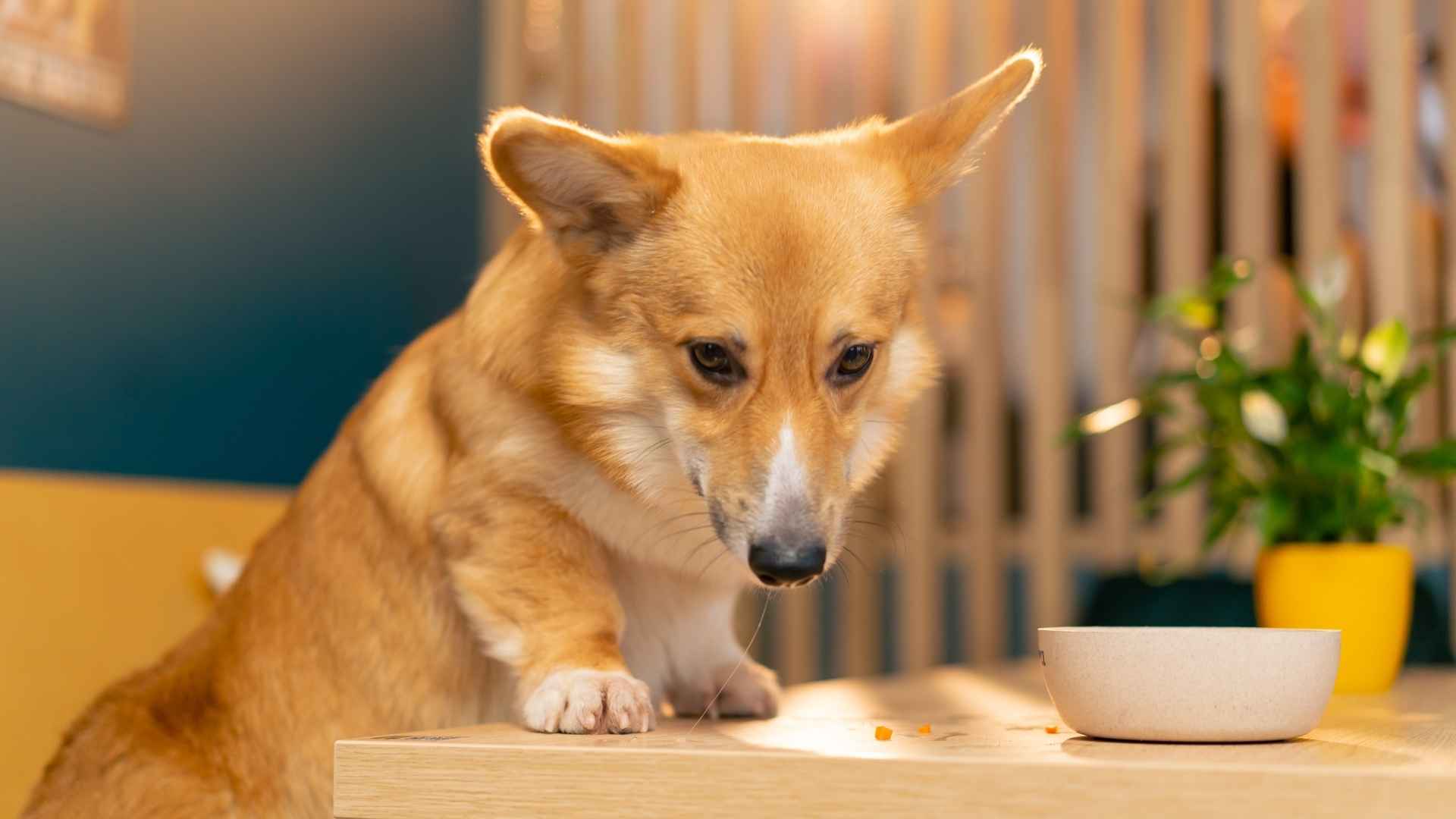Some dogs flat‑out refuse to eat when their humans leave the house. Turns out this behavior isn’t just picky eating; it’s often a sign of separation anxiety. Research from the ASPCA puts it bluntly: dogs can become distressed when separated from their guardians, and among the many symptoms of separation anxiety is refusing meals entirely.
Another report notes that approximately 14 % of dogs show clinical signs consistent with separation anxiety, including loss of appetite. Now, imagine your dog not eating because being alone is that stressful. It’s a startling problem—and surprisingly common—that points to emotional discomfort rather than simple finicky behavior.
What this really means is that refusal to eat in the owner’s absence can be a red flag: not just a matter of routine disruption, but a sign of anxiety. If a dog won’t eat, it could be their way of expressing distress, and not for want of food.
Dog breeds that refuse food when owners are away
Here are the seven dog breeds:
1. German Shorthaired Pointer
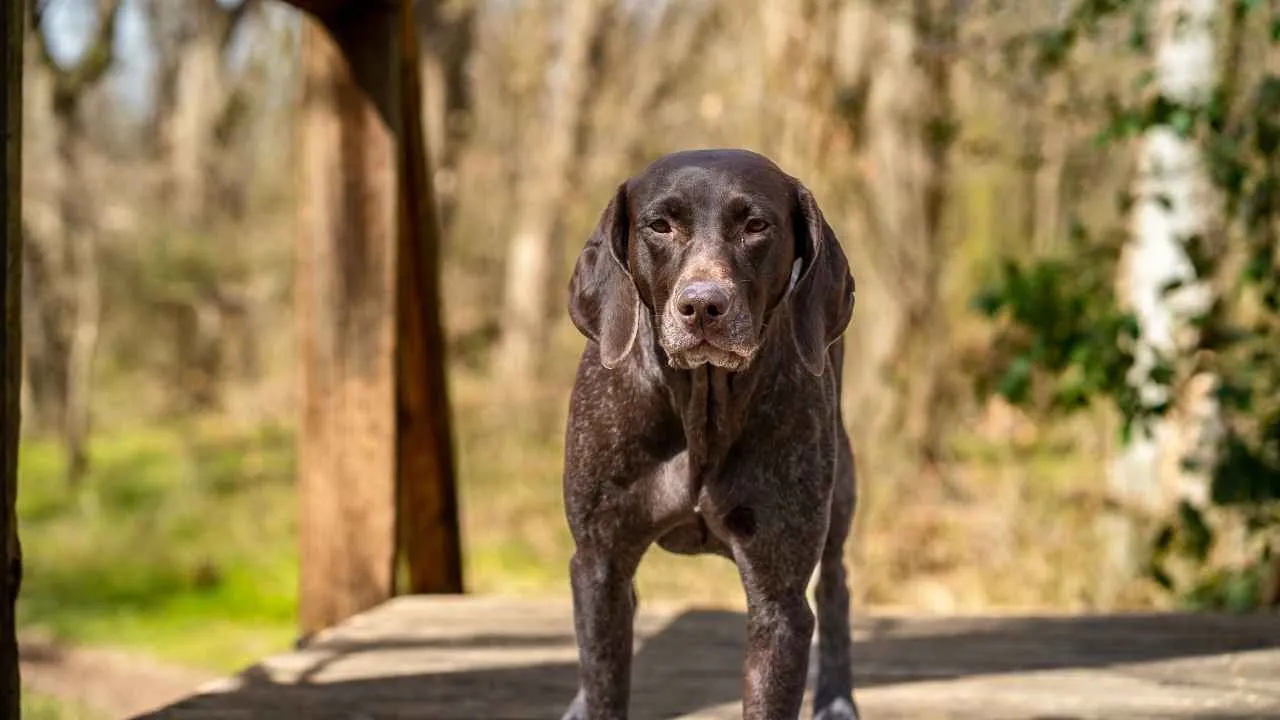
Originally developed in 19th-century Germany for pointing, retrieving, and tracking, these dogs thrive on structure, movement, and close companionship.
When left alone, they often experience intense separation anxiety, leading to stress behaviors like chewing, barking, pacing, or refusing to eat altogether. It’s not just a lost appetite—it’s an emotional shutdown.
GSPs are sensitive to their environment, highly attuned to their owner’s presence, and easily thrown off by sudden changes, loud sounds, or a new home. Without proper early socialization, especially for those retired from racing or hunting, adapting to a calmer family life can overwhelm them.
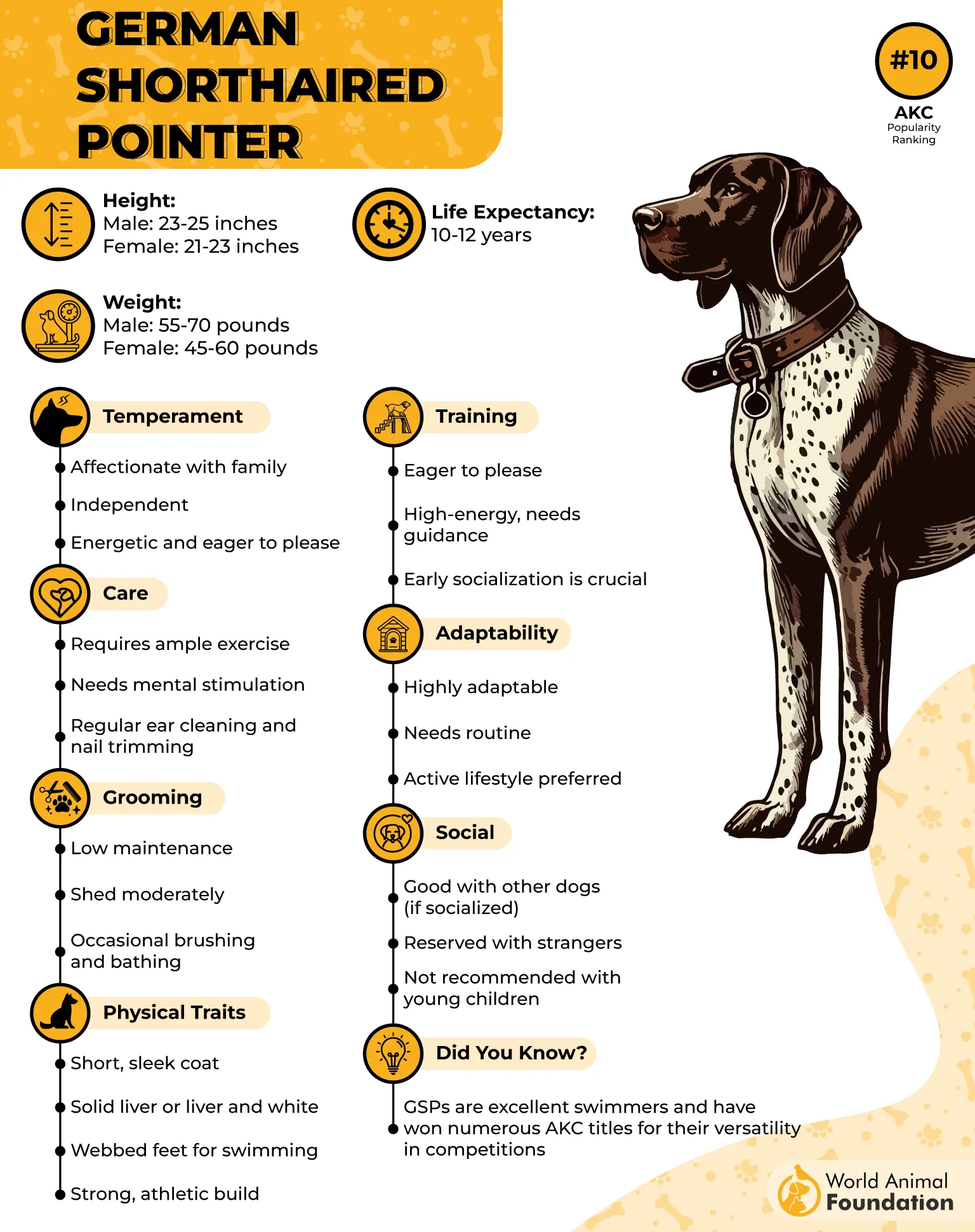
Require intense daily activity—without it, they become stressed dogs.
Strong prey instincts trigger frustration when they can’t act on them.
Skip meals when anxious or emotionally disconnected from their human.
Dogs from performance-focused backgrounds may lack household experience.
Alert, expressive bark—used more from stress than guarding.
Low grooming needs, but health risks like bloat can affect eating habits.
2. Lagotto Romagnolo

Lagotto Romagnolos are curly-coated dogs once used for retrieving waterfowl, later famed for their skill in truffle hunting. Their sharp senses, emotional intelligence, and strong attachment to people make them lovable companions—but also more vulnerable to emotional disruption.
Their affectionate nature means they’re often glued to their person, and when separated, they may show refusal at mealtime—not out of defiance, but discomfort.
Add in their protective instinct and tendency to internalize their surroundings, and it’s easy to see why many dogs like the Lagotto struggle to stay calm—and hungry—without their humans around.
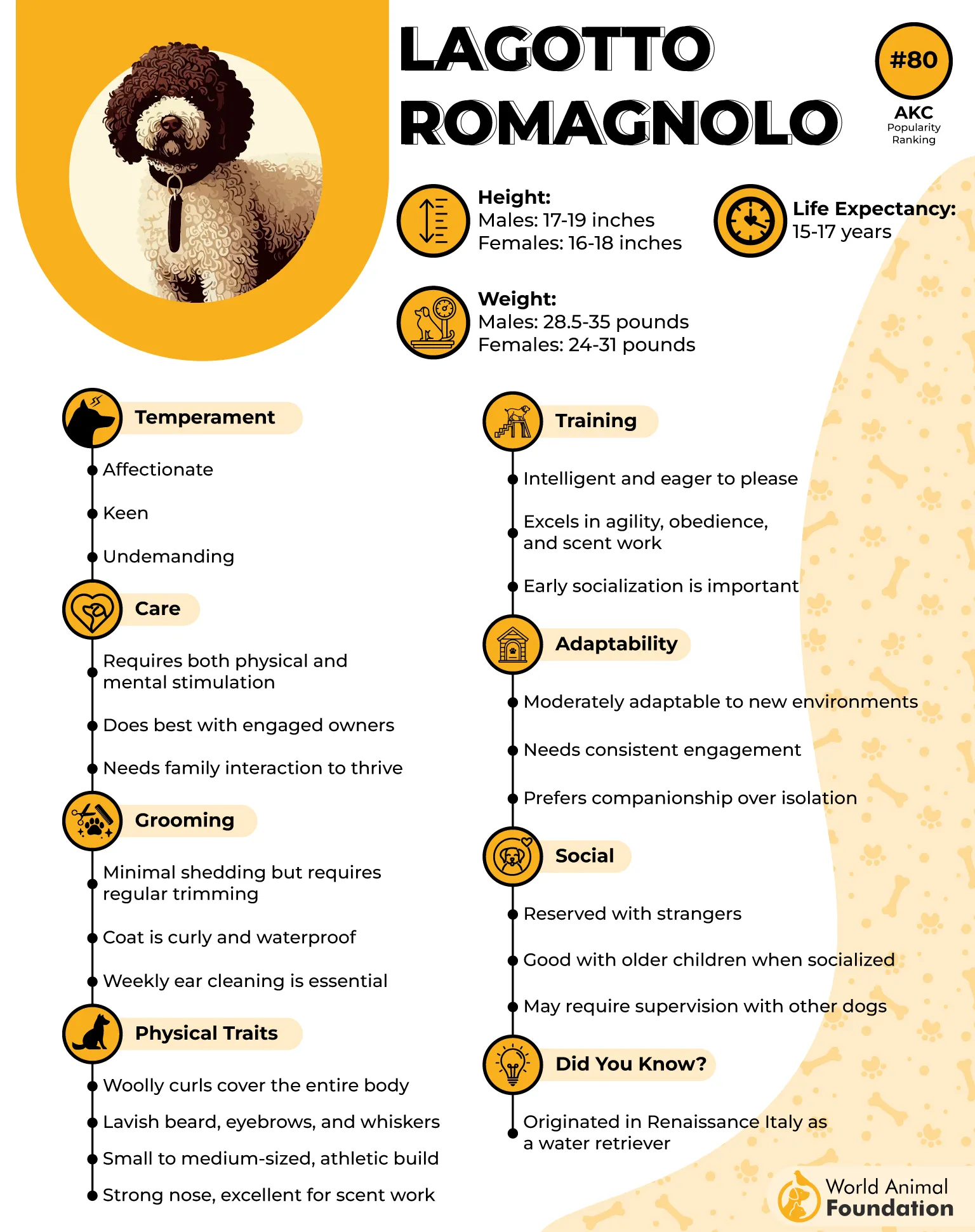
Extremely responsive to environmental triggers like thunder, loud music, or crowded spaces.
Trained for truffle hunting, they rely heavily on their nose, and unfamiliar smells can disrupt their meal timings.
Protective instincts may cause them to stay alert rather than relaxed enough to chew or eat.
Naturally anxious temperament makes sudden shifts in setting or training style difficult to process.
Prone to gastrointestinal upset tied directly to emotional shifts like being left alone.
Strong digging drive when bored—sometimes replacing appetite with restless behavior.
Their quiet, high-pitched bark often increases in frequency when they’re trying to cope with uncertainty.
3. Shetland Sheepdog
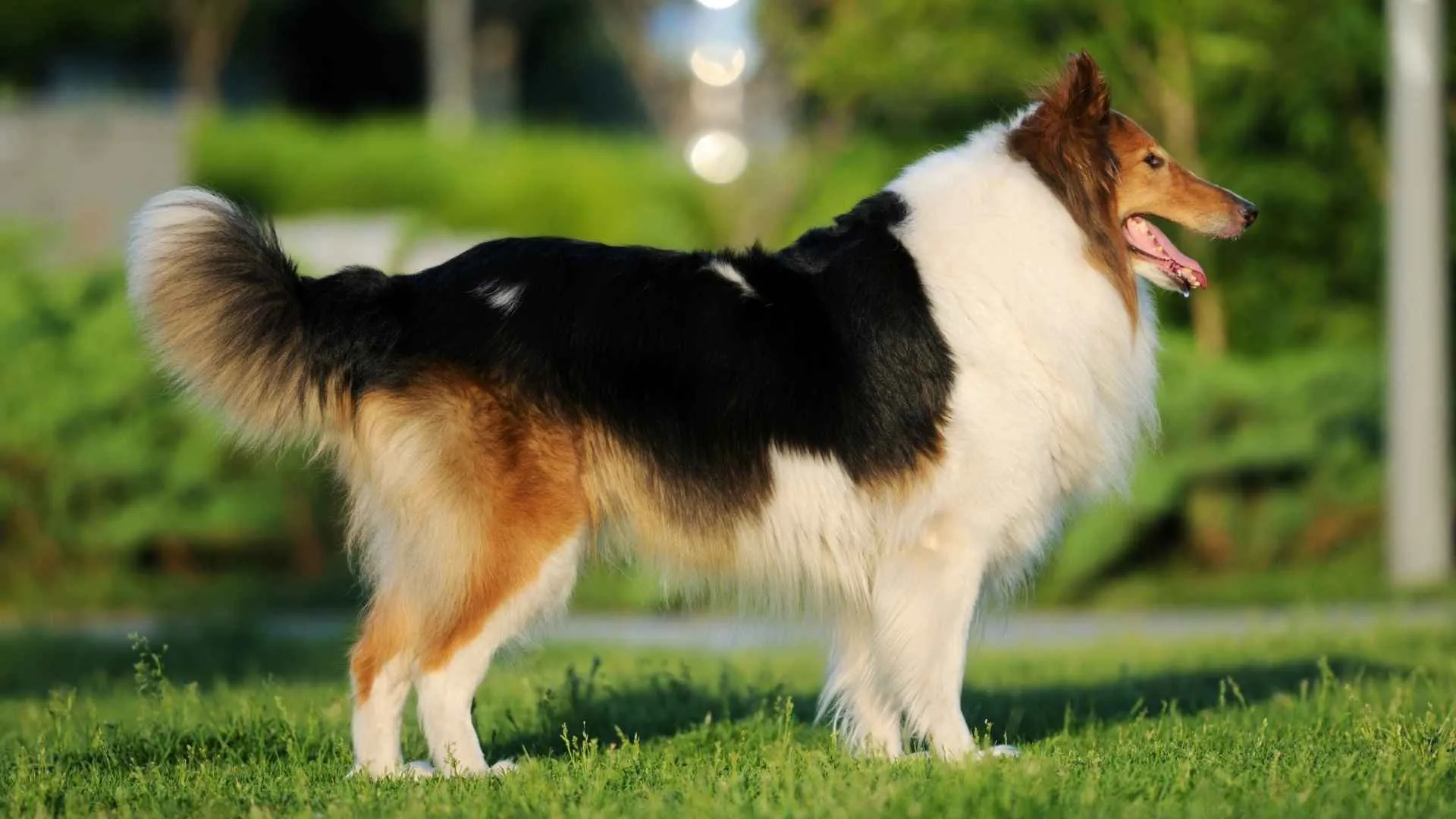
Shetland Sheepdogs, or Shelties, are small, agile working dogs once tasked with herding livestock across the windswept terrain of the Shetland Islands.
When left alone or placed in unfamiliar settings, Shelties can easily become overwhelmed. Their instinct to protect, organize, and respond to movement is always active, so much so that they often struggle to cope when that drive isn’t fulfilled.
A pup might skip meals if there’s too much noise, while an older dog might simply wait it out, ignoring the food offered until their person returns. And because Shelties often associate routines with safety, even subtle disruptions can put their stomach on edge.
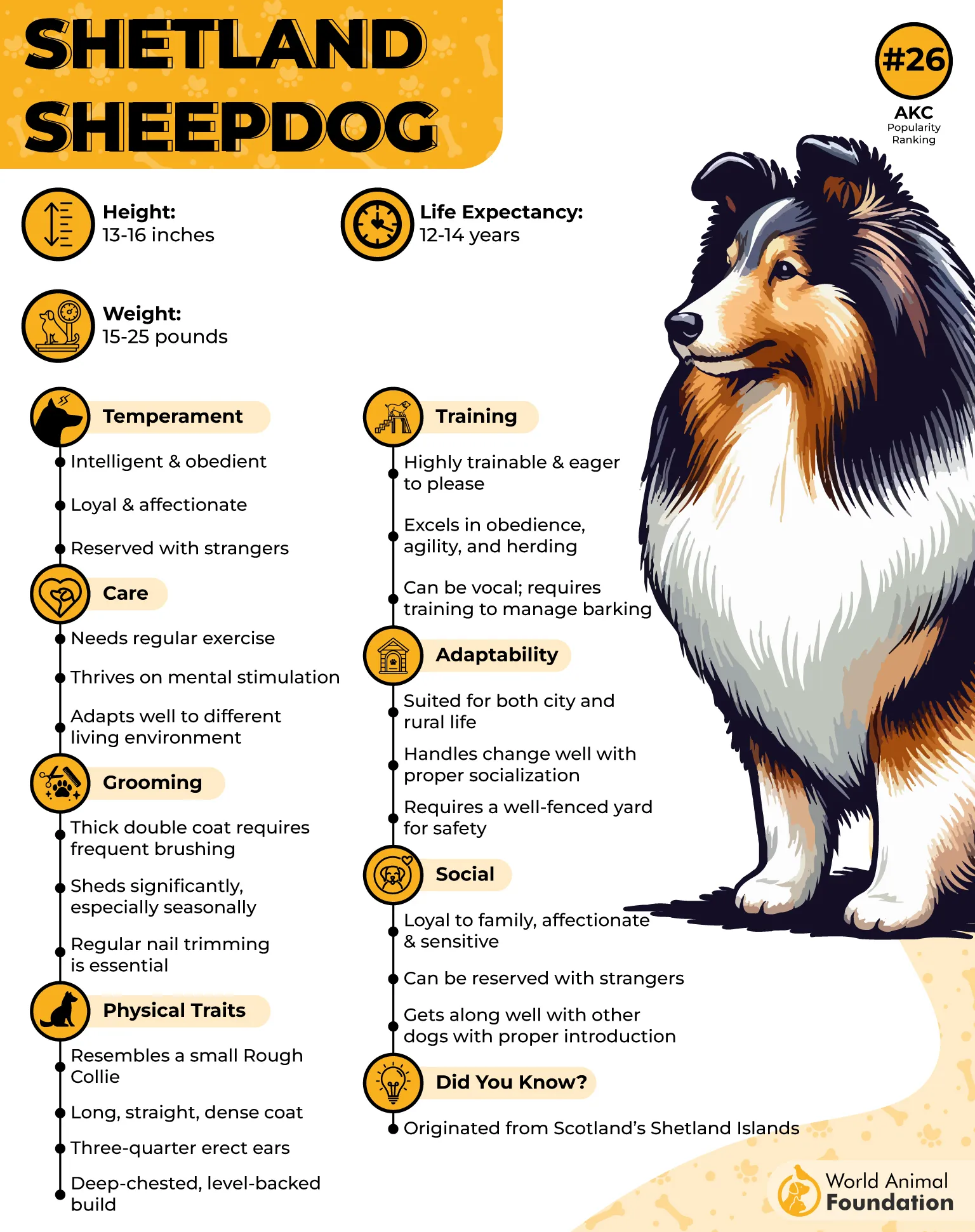
May display funny pacing, circling, or excessive movement instead of chewing.
Strong desire to keep the family together, often feeling out of place when someone’s gone.
Unfamiliar people or children entering their space can trigger withdrawal.
Picky with new food, especially when anxious.
High mental energy with limited ways to express it alone.
Have a sharp mind for timings and changes, which can affect their diet.
4. Miniature Schnauzer
The Miniature Schnauzer may look small, but don’t let its size fool you—this breed has a huge personality. Originally bred as domesticated dogs to hunt vermin, they now use their quick wit and loyalty to bond deeply with their people.
When left alone, they can stop eating altogether, especially if their dog food isn’t tied to their normal social cues. They’re alert, responsive, and have a surprisingly big bark for their size, which they’ll often use when they’re confused or out of sync with the household rhythm. These dogs don’t just eat to live—they eat when they feel safe.
Look for subtle details like sniffing the bowl and walking away or licking without actually chewing.
Prefers to stay near personal items with the scent of the owner rather than head to the food bowl.
May be more picky with textures or temperature of food—treats don’t always solve the issue.
A quick trip to the vet can help rule out early-stage issues common in older dogs.
5. Border Collie
Border Collies are one of the most intelligent and active dog breeds. According to WebMD, their sharp instincts, stamina, and intense focus make them excellent working dogs, but these same traits can also pose challenges in a modern pet setting. In a new environment, especially without regular engagement, a Border Collie may struggle to feel comfortable or settle.
Their dogs’ appetite might shift depending on how stimulated or secure they feel. Whether it’s their alert posture during a walk or their hesitation to eat in unfamiliar settings, these dogs often express their needs through subtle shifts in appetite, posture, or attitude.
May ignore dog food when overstimulated or under-exercised.
Often acts more like a tiny dog indoors—restless, alert, needing direction.
Being pack animals, they prefer not to be isolated for long.
Changes in the room setup or daily routine can lead to eating disruptions.
May sit by the door or near food bowls to communicate needs.
Watch for minor weight shifts if their eating tendencies fluctuate.
Sometimes act distant or sluggish due to a stomach issue or low energy.
Use treats strategically to teach them positive associations.
6. Cocker Spaniel
Cocker Spaniels are charming and expressive, but when placed in a new place, their emotional side often shows. These household dogs may experience a dip in eating tendencies or seem withdrawn, not out of stubbornness, but due to sensory overload.
Suddenly going from active to quiet and still, preferring to sit in one corner.
Losing interest in treats, toys, or walking.
Pawing at the mouth or showing discomfort with how the food feels in their mouth.
Noticeable changes in weight despite no change in what you feed.
7. German Shepherd
With their intense loyalty and need for direction, German Shepherds can seem confident, but underneath, there’s often concern brewing. According to PetMD, a mix of strong instinct, emotional sensitivity, and attachment means they sometimes struggle when routines shift or when they’re alone too long.
Even if they look fine, anxiety can show up in subtle or not-so-subtle ways. Some owners notice their dog putting their body between them and strangers. Others catch signs like sudden pacing, whining, or looking a bit off, like they’re mentally elsewhere.
Constant worry attitude when you’re getting ready to leave.
Seeming a bit distant or over-attached without warning.
Sudden upset stomachs or looking mildly sick without a clear reason.
No interest in food, toys, or social play—among other ways they usually engage.
Conclusion
There are many reasons a dog might stop eating when their person isn’t around, but it rarely comes down to just being stubborn. The present situation often ties back to the past, especially if the puppy experienced disruptions early on. In some households, changes in how they feed or interact with their pets—even the presence of cats—can shift their habits.
Vet visits can help rule out health issues, but emotional patterns run deep in domestication. It’s not always easy to spot the cause, but being mindful of how they act now, compared to how they’ve behaved before, is basically how you stay ahead of it.


